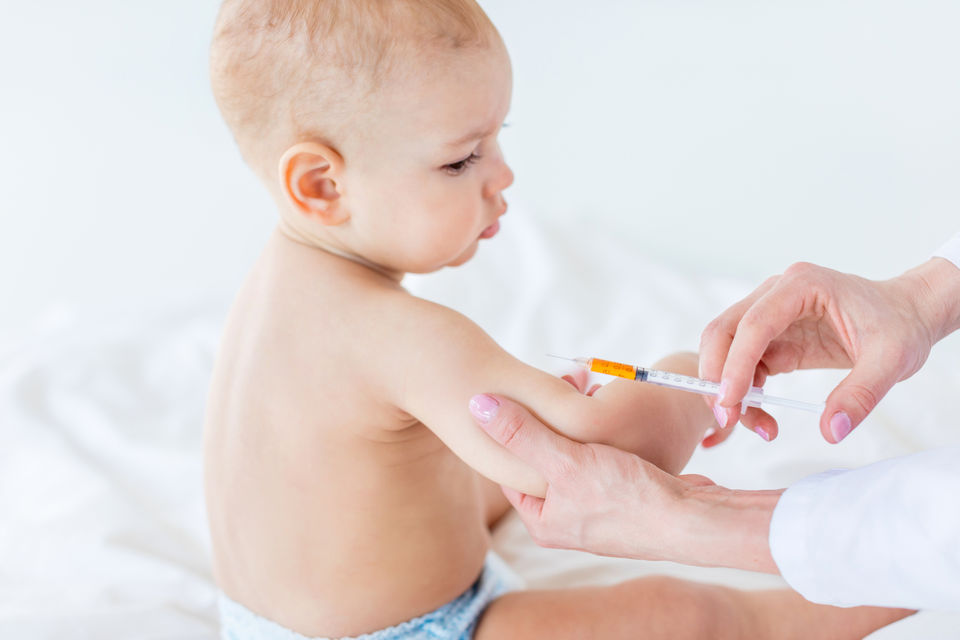
We analysed child immunisation rates across 31 regions in Australia. Here’s what we learned.
We analysed childhood immunisations rates across 31 regions and 3 age groups in Australia, to answer one question - which areas have the lowest rates of immunisation?
Specifically, we looked at a swathe of Immunisation Register data from the Department of Health & Aged Care. We analysed factors like child age, immunisation type and location to identify trends.
In this post, I’m going to share what we discovered.
Summary
- The NSW North Coast region has the lowest childhood immunisation rates in Australia for all age groups.
- The neighbouring Gold Coast region has the second lowest immunisation rates overall, with less than 90% immunisation rates for 1 year olds and 5 year olds.
- Western NSW has the highest vaccination rates overall, averaging over 95% full vaccination.
- For 1 year olds, non-fully vaccinated rates in the NSW North Coast are more than triple those in the ACT.
- 2 year olds in the NSW North Coast are the most unvaccinated cohort in the country, with only 86.78% being fully vaccinated.
- Across Australia, childhood vaccination rates peaked in 2020 (at an average of 94.16% fully vaccinated), and have been in decline since.
- For 1 year olds, the Hib vaccine (responsible for preventing pnemonia and meningicoccal) has the lowest uptake, at an average of 93.55%.
- For 2 year olds, the DTP (diptheria, tetanus and pertussis) vaccine has the lowest uptake, at an average of 92.30%.
- For 5 year olds, the polio vaccine has the lowest uptake, at an average of 94.24%.
NSW North Coast region has the lowest childhood immunisation rates
Immunisation rates varied significantly across the 31 Primary Health Network (PHN) regions analysed in this study.
The North Coast region in NSW had the lowest overall vaccination rates of any region in Australia, across 1 year olds (88.64%), 2 year olds (86.78%) and 5 year olds (89.24%).
They were the only region to have sub 90% vaccination rates for all age groups.
The Gold Coast region has the second lowest immunisation rates overall
Much like its neighbour, the NSW North Coast, the Gold Coast region has low immunisation rates, with the second lowest immunisation rates overall.
Full immunisation rates across the studied age groups were 89.97% for 1 year olds, 87.89% for 2 year olds and 90.96% for 5 year olds.
Western NSW has the highest vaccination rates overall
In contrast, Western NSW has the highest full vaccination rates across the age groups.
They have achieved full vaccination rates across the studied age groups of 95.75% for 1 year olds, 94.19% for 2 year olds and 96.40% for 5 year olds
For 1 year olds, non-fully vaccinated rates in the NSW North Coast are more than triple those in the ACT
To further highlight the disparity between regions, compare the non-fully vaccinated rate between the NSW North Coast and the ACT for 1 year olds.
In the ACT, the non-fully vaccinated rate is just 3.75%, whereas in the NSW North Coast it is 11.36%, more than triple the ACT rate.
2 year olds in the NSW North Coast are the most unvaccinated cohort in the country
Of all age groups and all regions analysed in this study, 2 year olds in the NSW North Coast are the most unvaccinated in the country.
They have a fully vaccinated rate of just 86.78%.
Childhood vaccination rates peaked in 2020, and have been in decline since
Across Australia childhood immunisation rates hit their peak in 2020, and have been in decline ever since.
For the 3 age groups examined in this study, the average fully vaccinated rate was 94.16% in 2020, but fell to 94.06% in 2021, and then 93.33% in 2022.
For 1 year olds, the Hib vaccine has the lowest uptake
So far, we have just examined fully vaccinated rates across the regions. However, this study also included a breakdown by vaccination type.
For 1 year olds, the Hib vaccine (responsible for preventing pnemonia and meningicoccal) has the lowest uptake, at an average of 93.55%.
Conversely, the pneumococcal vaccine has the highest uptake, at 95.40%.
For 2 year olds, the DTP vaccine has the lowest uptake
For 2 year olds, the lowest uptake amongst all immunisations was the DTP (diptheria, tetanus and pertussis) vaccine, with just a 92.30% immunisation rate.
The Hepatitis B vaccine, on the other hand, showed good uptake, at 96.07%. This was closely followed by the polio vaccine, with 96.06%.
For 5 year olds, the polio vaccine has the lowest uptake
Amongst 5 year olds, vaccination rates are generally good. The DTP and polio vaccines have uptake rates of 94.27% and 94.24%, respectively.
Conclusion
Thanks for taking the time to look through our analysis of child immunisation rates across 31 Primary Health Networks (PHN) in Australia in the year to September 2023.
Feel free to quote any of the statistics, or use any of the charts in this report for your own work, as long as you provide attribution in the form of a link back to this page.
If you have any questions about this study, feel free to get in touch at louis@supplemento.com.au.
Method
To prepare this analysis, publicly available data was gathered from the Australian Immunisation Register, as provided by the Department of Health & Aged Care.
This included data across all 31 Primary Health Networks (PHN) and for 3 cohorts of children (1 year olds, 2 year olds and 5 year olds) for the year to September 2023.
Analysis was carried out on the data to see if any trends emerged for factors like location, age, immunisation type and more.
Where correlations and trends were found, they were charted and described in this report.
For more information on how this study was performed, or any other general questions, get in touch at louis@supplemento.com.au.
